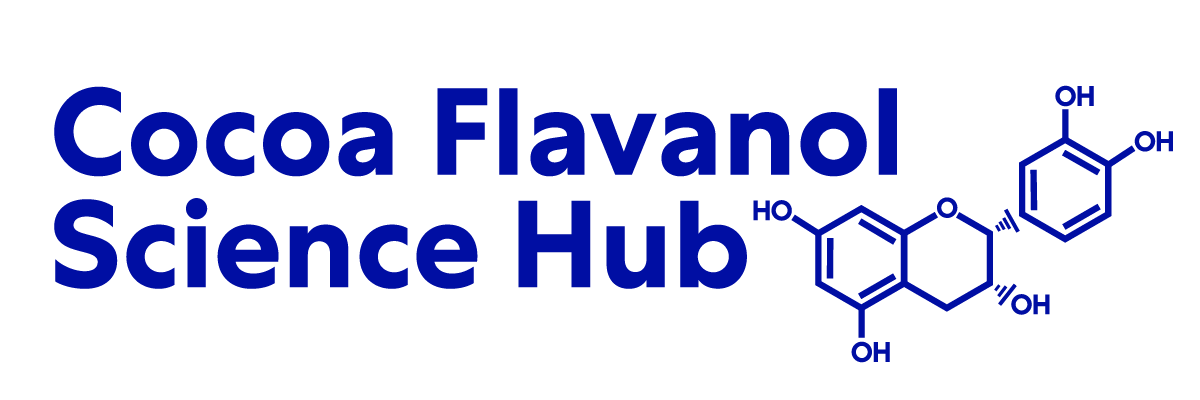Apples or pears? Unpacking which foods are rich in flavanols

By now, most of us have heard that increasing the amount of flavanols in one’s diet is good for one’s health. Recent research has shown that a diet rich in flavanols supports memory and cognition, and there’s a considerable body of evidence from clinical dietary intervention trials showing their benefits to heart health.
But the question is how much of which particular foods should one eat in order to increase your daily intake? To answer that question, we must first understand what flavanols are.
What are flavanols?
Flavanols are a group of compounds that are found in various fruits and vegetables, such as apples, pears, many kinds of berries, cocoa, and tea. There are several different types of flavanols, which differ in and how they affect processes within the body. Depending on their chemical structures, flavanols can be clustered in distinct sub-groups that vary in their biochemical properties, efficacy, safe-use characteristics, and in their absorption, metabolism, distribution, and excretion in the human body.
Additionally, the specific type and relative abundance of flavanols present in different plant foods varies significantly. So, not all flavanols are the same, and not all flavanol-rich foods contain the same flavanols.
What does this mean for daily intake?
Last year, Academy of Nutrition and Dietetics (AND) created the first authoritative dietary guidance statement for flavanol intake, recommending the daily consumption of 400-600 mg of flavanols for cardiometabolic health.
Given the diversity of flavanols and considerable differences in their properties and relative abundance in food, estimating which foods and serving sizes are needed to achieve this daily intake becomes a challenge.
While this guidance does not specify which types of flavanols should be consumed, the COSMOS trial can provide a useful comparison. This study is the largest and longest randomized, controlled clinical trial investigating these compounds.
COSMOS demonstrated that participants who consumed 500 mg of cocoa flavanols experienced profound cardiovascular health benefits, including a 39% reduction in cardiovascular death as compared to participants in the placebo group.
How much of which foods do I need to consume to achieve the daily intake of 500 mg of flavanols tested in COSMOS?
COSMOS used cocoa flavanols as a model for increasing dietary flavanols. Cocoa flavanols are a mixture of flavanols that consists mainly of flavanol monomers (single molecules), especially (–)-epicatechin, as well as procyanidins, chain-like molecules composed of between 1 and 10 flavanol monomers. These specific flavanols are also found at varying levels in other flavanol-containing foods like fruits, legumes, tea, and nuts.
Luckily, recent advances provide a new and data-based method to estimate the portion sizes that would deliver the types and amounts of flavanols equivalent to the 500 mg of flavanols used in COSMOS.
Rather than focusing on the flavanol composition of foods, this approach is based on measuring the levels of a specific biomarker in urine, thus enabling an objective assessment of the flavanol intake. Analyzing urine samples from COSMOS (and other studies) has identified the specific biomarker levels that are associated with 500 mg of daily cocoa flavanol intake as well as the observed health benefits. Importantly, it is also known how the different types of flavanols contribute to the total level of this biomarker in humans.
Based on this information, and the known flavanol content and composition of different foods, it was possible to develop a novel algorithm that allows researchers to estimate how combining different foods can help achieve a daily flavanol intake comparable to COSMOS.
Biomarker-estimated servings of flavanol-containing foods needed to achieve an intake of 500 mg of cocoa flavanols.
|
Estimating serving sizes using this biomarker-based approach better accounts for the different types and amounts of flavanols present in foods. For example, based on the above table, combining an apple, blackberries, and green tea, or alternatively kidney beans, a pear, nuts, and black tea could provide flavanols comparable to the 500 mg that were tested in COSMOS.




